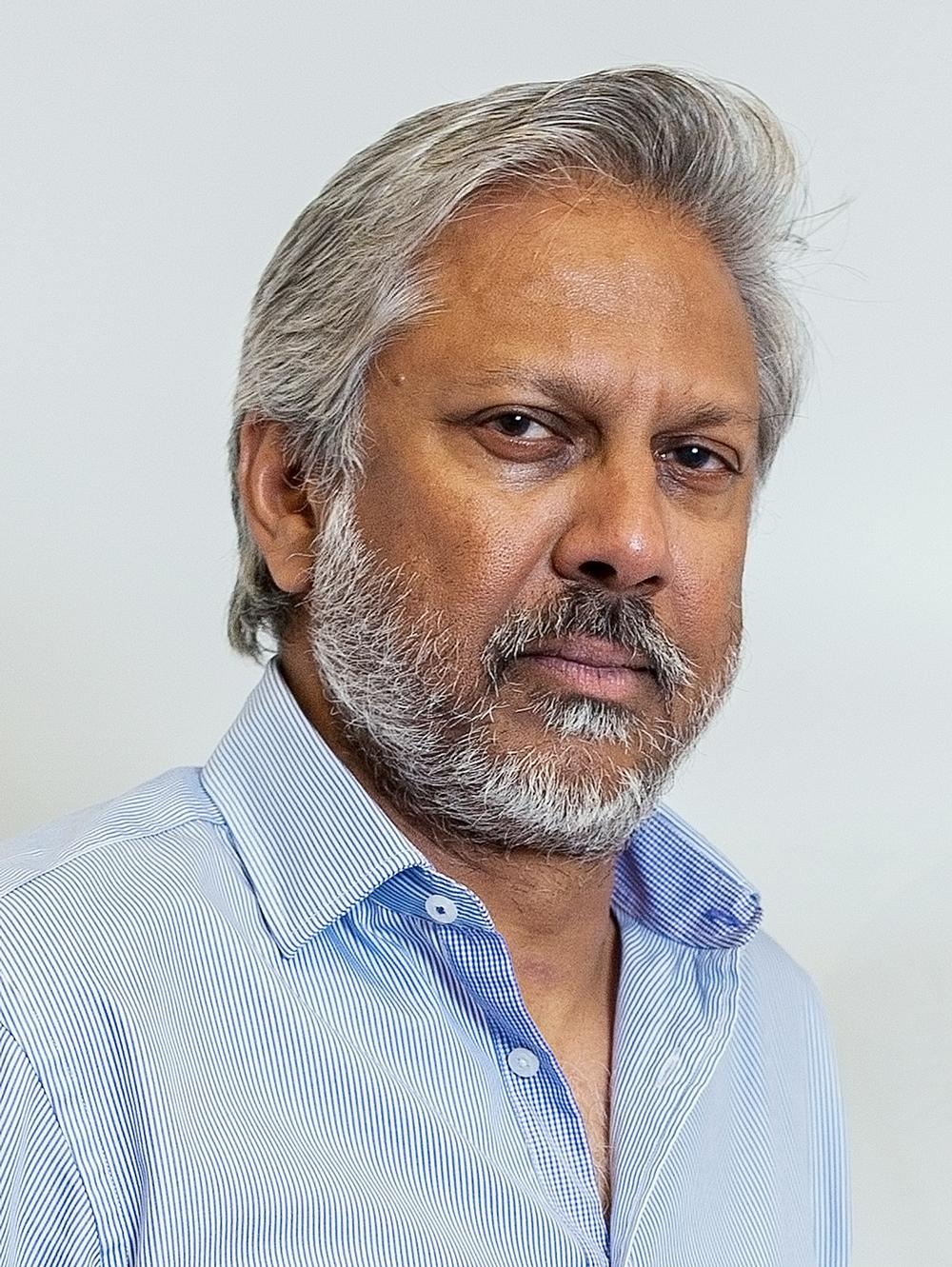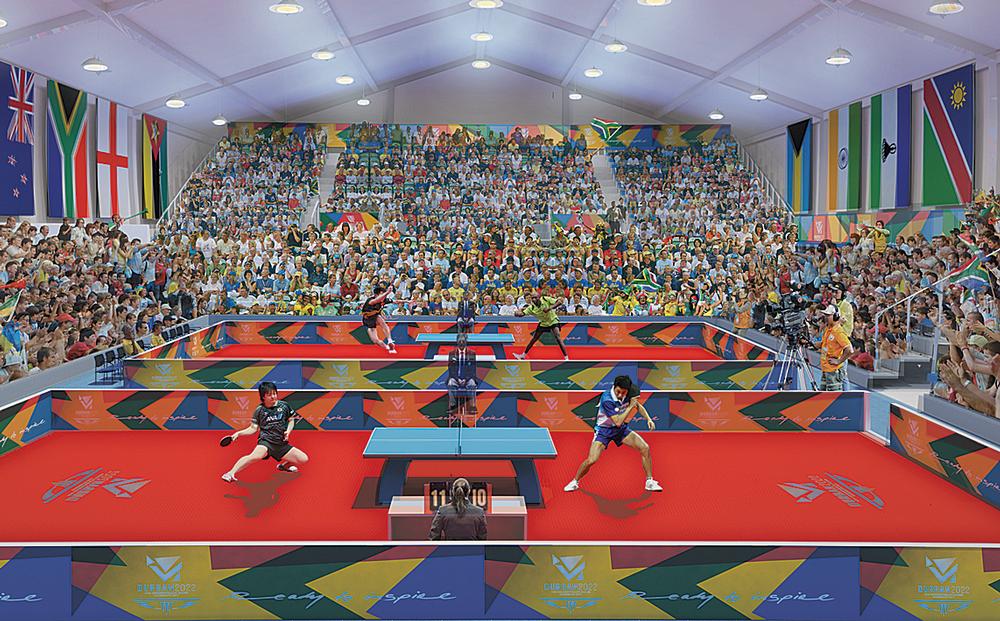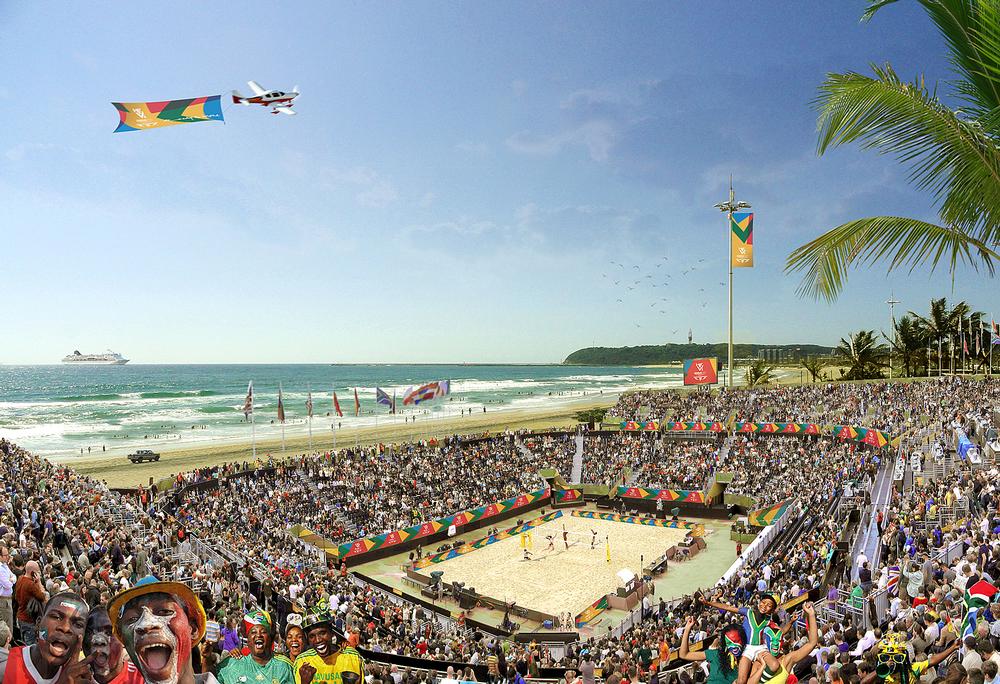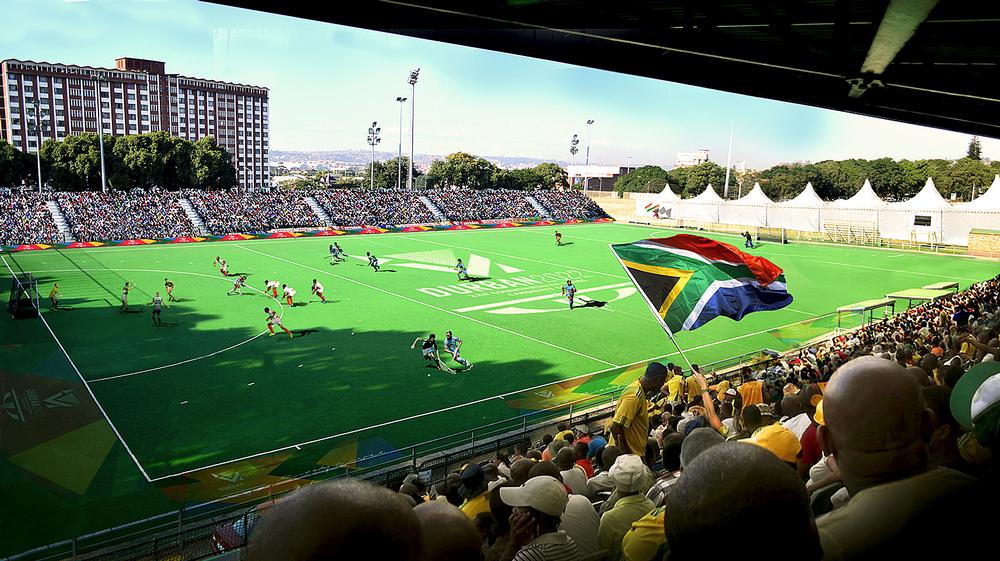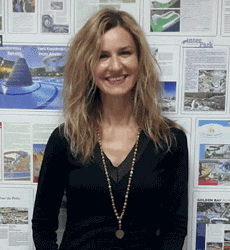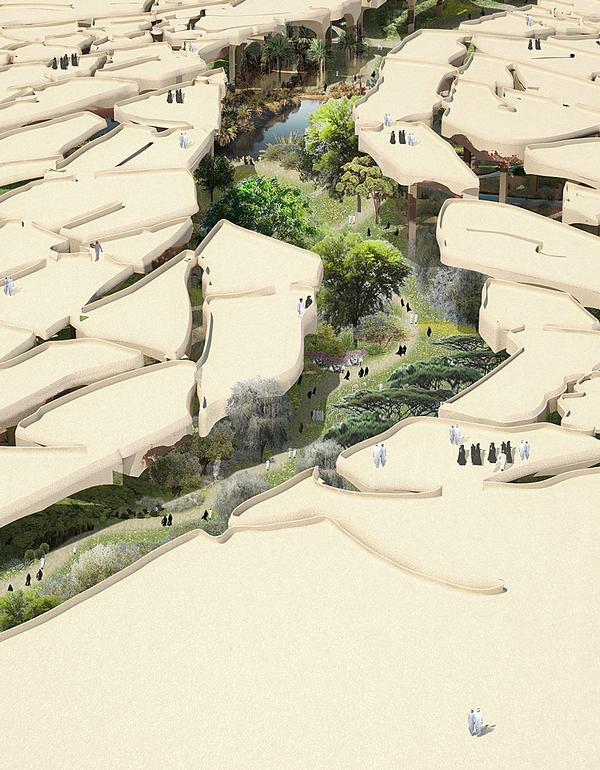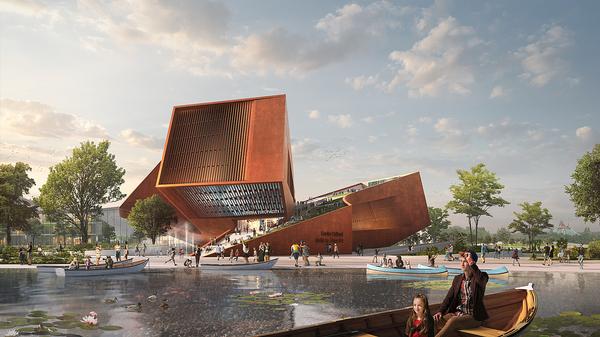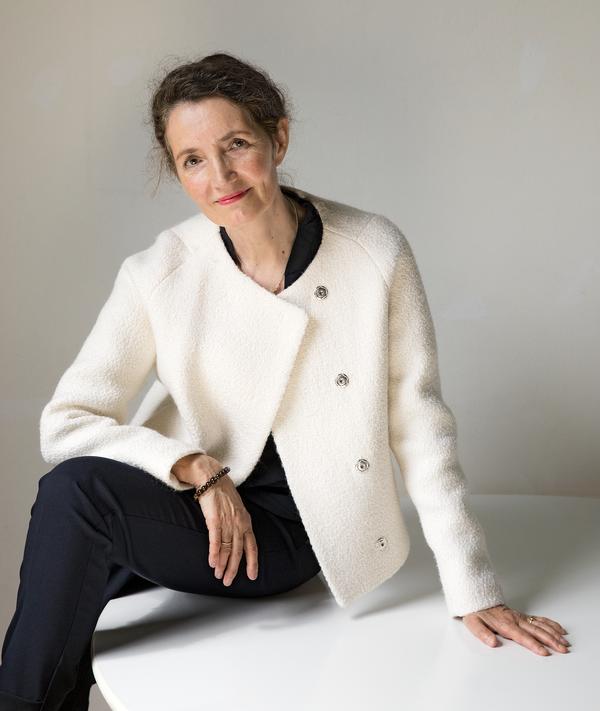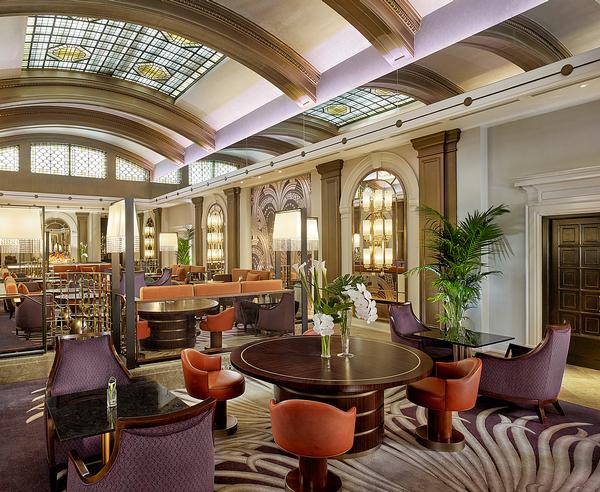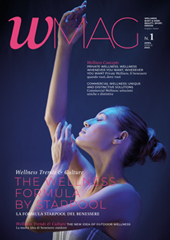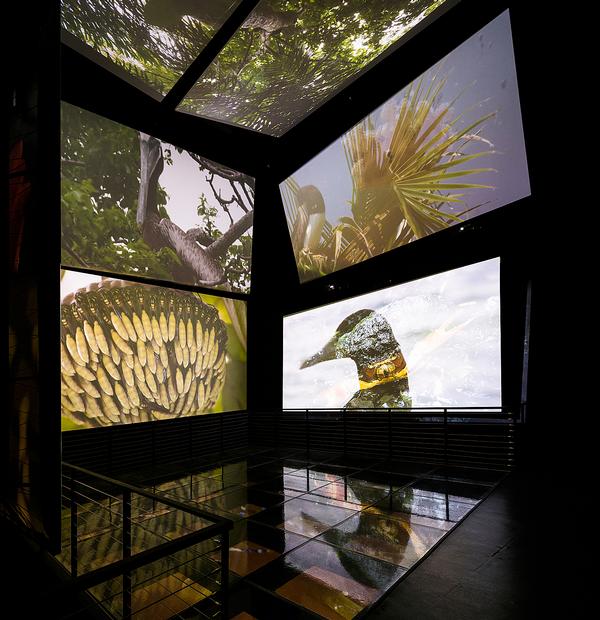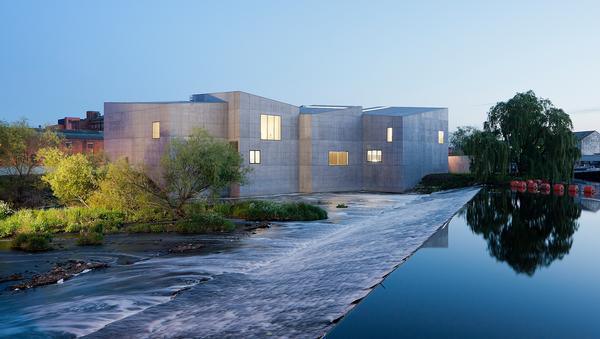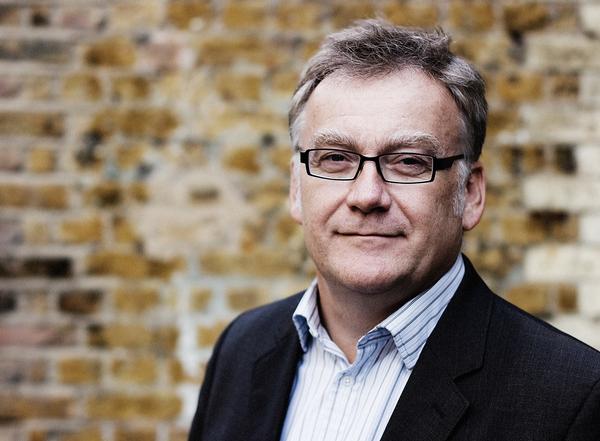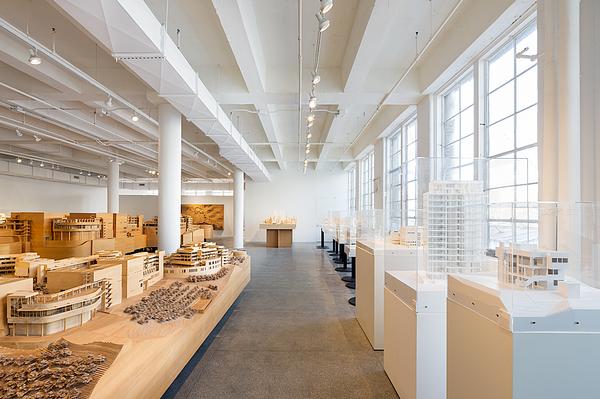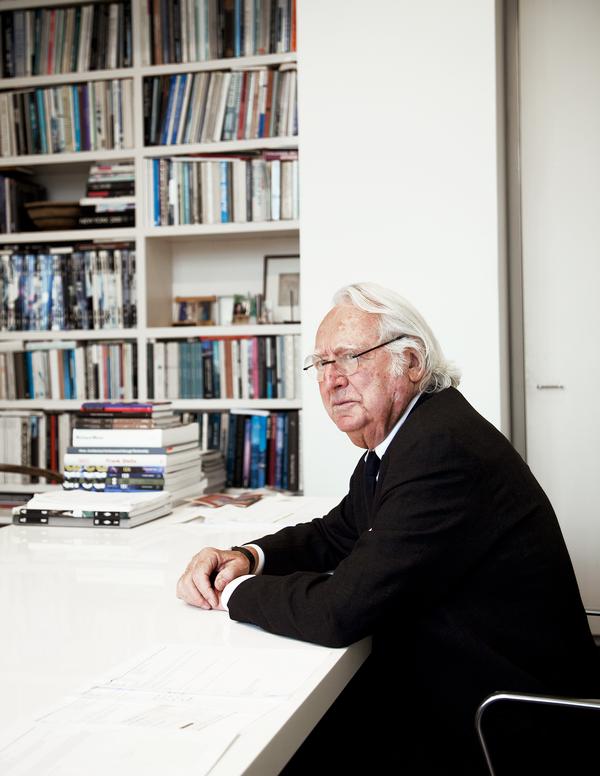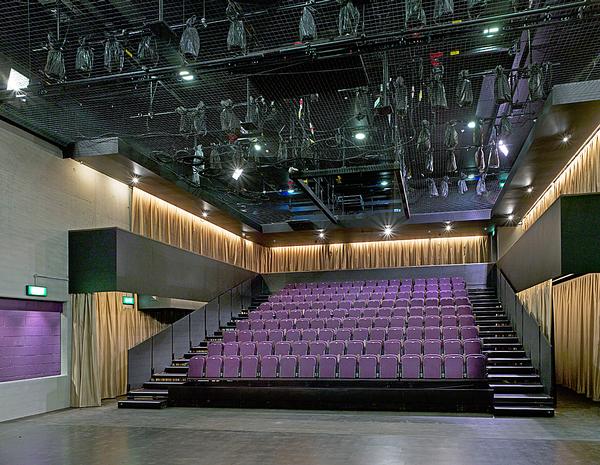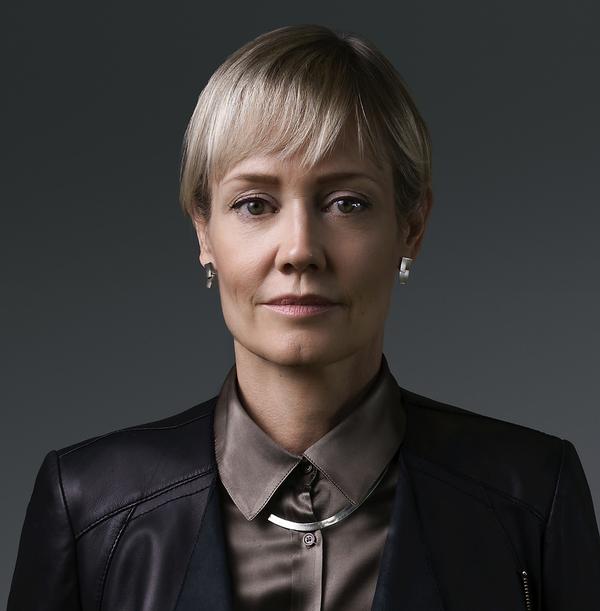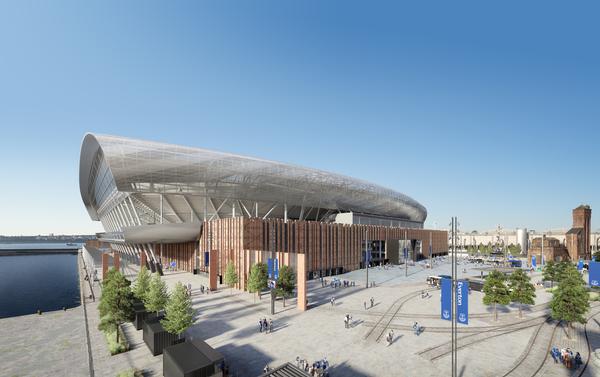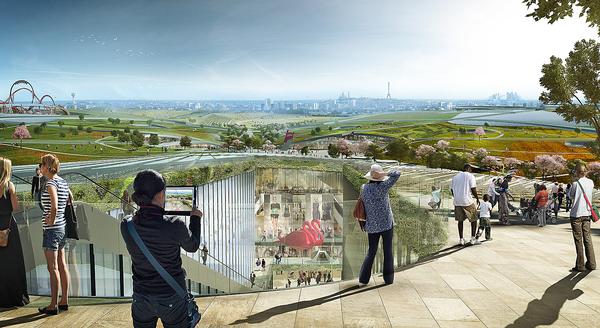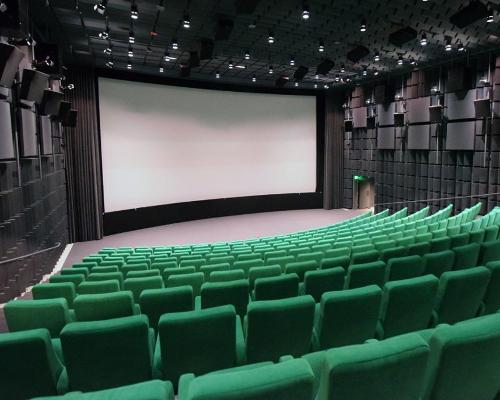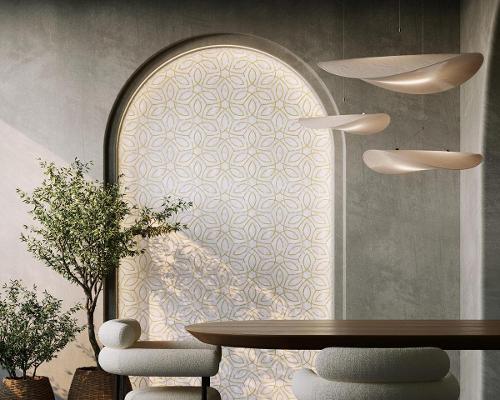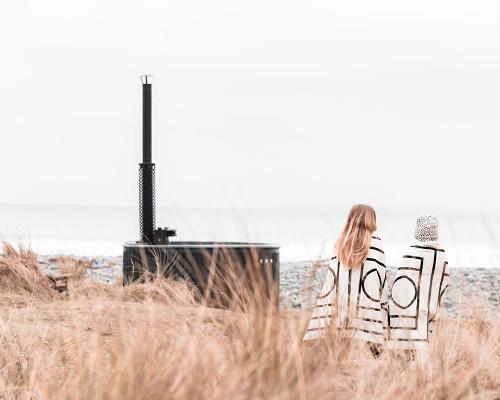CLAD people
Ruben Reddy
Founder Ruben Reddy Architects
Stadia and arenas built for events such as the FIFA World Cup and Olympic Games should all be temporary, according to South African architect Ruben Reddy.
Talking to CLAD, Reddy argued that most football stadiums are unsustainable, and that, if possible, sports clubs playing in the same city should attempt to share a venue, while all sporting infrastructure for major events should be temporary.
His firm – Ruben Reddy Architects – is behind the plan for the 2022 Commonwealth Games in Durban, and by using existing and temporary facilities he said the cost of hosting the whole event would be £57m (US$73.8m, €65.6m), or as he described it, half of the transfer fee paid by Manchester United for Paul Pogba.
“We’re not going to be burdening the taxpayers of Durban Province and the country to upkeep the maintenance of capital projects,” he said. “We’ve learnt a hard lesson in South Africa because of the 2010 World Cup. We gave, gave, gave, and didn’t get a lot back in return.”
He highlighted the Durban-based Moses Mabhida Stadium, which cost US$450m to construct, as an example of a venue which hasn’t been sustainable for the South African government. While the original outlay was significant enough, Reddy was keen to demonstrate that sustainability becomes an issue when considering the ongoing maintenance of the building.
THE BIGGER PICTURE
“Building the stadium is only 25 per cent of its life cycle,” said Reddy. “Keeping the thing to a world-class standard is a constant drain on the budget. Every year it sits there that money could be used for something else.”
To create the right conditions for these countries to bid and host these events – without stretching themselves financially – Reddy is an evangelical advocate of temporary venues.
All of the venues he has designed for the Durban Games are temporary. Facilities for weightlifting, volleyball, hockey, squash and table tennis have been designed by his firm, using materials that will be reused following the Games. All of the permanent structures earmarked for the Commonwealth Games have been built already.
Reddy lauded examples of good practice with temporary facilities, such as the handball court constructed for the Rio Olympic Games. Following the event the venue was deconstructed and used to build four schools, but Reddy revealed Durban’s plans are slightly more modest.
“The total infrastructure spend of a Commonwealth Games is around eight per cent of the Olympic Games,” he said. “The temporary facilities we’ll look at will be standard stock and not on the same level as Rio.”
But the principle remains the same, said Reddy, and stressed that it should be implemented at every major event.
Government, said Reddy, should not view the hosting of an event as a “big megalomaniac ribbon-cutting opportunity.”



